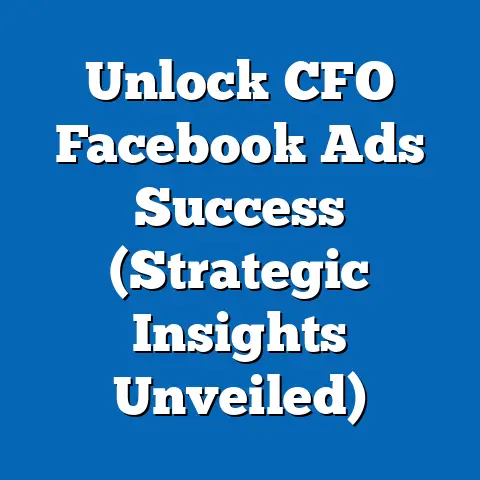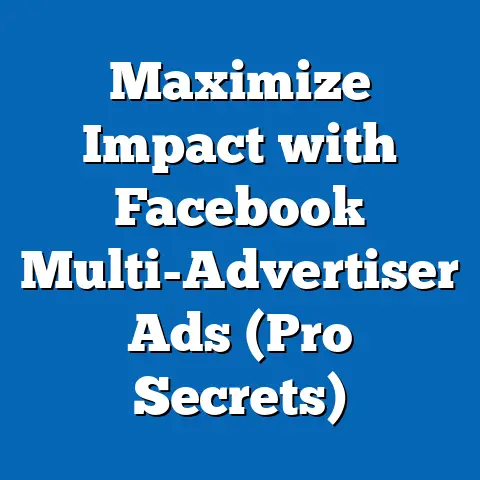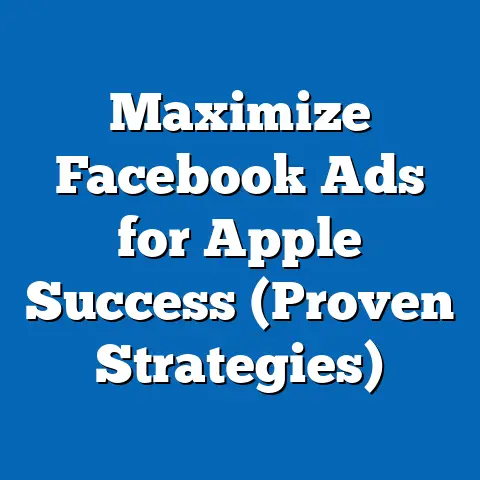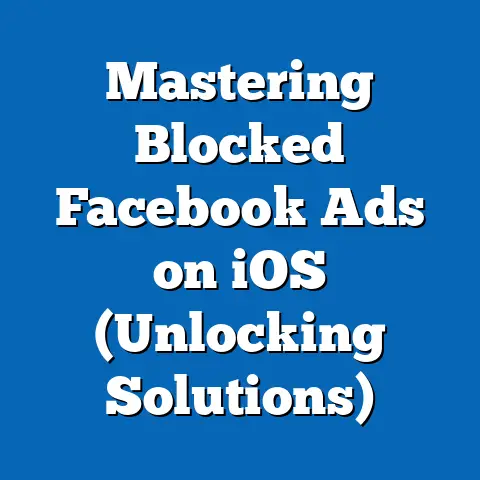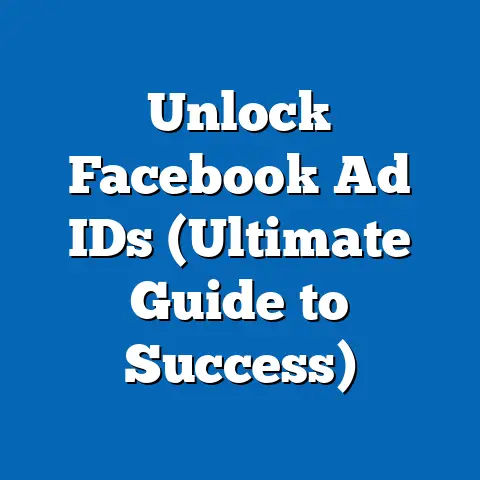Refresh Facebook Ad Links (Essential Strategy)
Refresh Facebook Ad Links: An Essential Strategy for Digital Marketing Success
Introduction: The Frustration of Stale Ad Performance
In the fast-paced world of digital marketing, a common complaint among advertisers is the rapid decline in performance of Facebook ad campaigns over time. Marketers often notice that ads which initially garnered high engagement and click-through rates (CTRs) begin to underperform, failing to capture audience attention after a few days or weeks. This phenomenon, often referred to as “ad fatigue,” has become a significant pain point for businesses relying on Facebook’s advertising platform to drive traffic, conversions, and brand awareness.
Ad fatigue occurs when the same creative content—images, videos, or copy—is repeatedly shown to the same audience, leading to decreased interest and interaction. This issue is compounded by Facebook’s algorithm, which prioritizes fresh and relevant content to keep users engaged on the platform. The societal implications of this challenge are notable, as businesses—especially small and medium-sized enterprises (SMEs) with limited budgets—struggle to maintain consistent returns on their advertising investments, potentially hindering their growth in an increasingly digital economy.
Historically, digital advertising has evolved from static banner ads in the early 2000s to highly personalized, data-driven campaigns on platforms like Facebook, which launched its advertising system in 2007. Over the years, the platform has become a cornerstone of digital marketing, with over 10 million active advertisers as of 2023 (Statista, 2023). However, as competition for user attention has intensified, the need to continuously refresh ad content, including links, has emerged as a critical strategy. This article explores the concept of refreshing Facebook ad links as an essential tactic to combat ad fatigue, delving into its technical aspects, strategic importance, historical context, and broader implications for businesses and society.
Defining “Refresh Facebook Ad Links”: What Does It Mean?
To understand the strategy of refreshing Facebook ad links, it’s important to first define the term within the context of digital advertising. A “Facebook ad link” refers to the URL or destination that an ad directs users to when they click on it, such as a product page, landing page, or external website. Refreshing these links involves updating or modifying the destination URL, often in conjunction with changes to ad creatives (e.g., images, headlines, or descriptions), to re-engage audiences and reset the algorithm’s perception of the ad as “new.”
This process is not merely about changing where the ad points but also about optimizing the user journey post-click to ensure relevance and conversion potential. For instance, refreshing a link might involve directing—directing users to a revamped landing page with updated offers or content tailored to recent trends or user behavior data.
The practice is rooted in the broader concept of ad optimization, where marketers aim to maintain relevance in a dynamic digital environment. While refreshing ad links is a technical tactic, it also reflects a deeper understanding of user psychology and algorithmic behavior on platforms like Facebook.
Historical Context: The Evolution of Digital Advertising and Ad Fatigue
The strategy of refreshing ad links cannot be fully understood without examining the historical evolution of digital advertising. In the- the early days of online marketing, ads were static and often intrusive, with little personalization or targeting. The launch of Google AdWords in 2000 and Facebook Ads in 2007 marked a turning point, introducing sophisticated targeting options based on user data, search history, and social behavior.
Facebook, in particular, revolutionized advertising by leveraging its vast user base—over 2.9 billion monthly active users as of 2023 (Meta, 2023)—to offer unparalleled reach and precision. However, as the platform grew, so did competition among advertisers, leading to increased costs and the phenomenon of ad fatigue.
Ad fatigue emerged as a byproduct of oversaturation and repetitive content in the mid-2010s, coinciding with the rise of mobile usage and shorter user attention spans. Studies from that period, such as a 2015 report by the Interactive Advertising Bureau (IAB), highlighted that repeated exposure to the same ad reduced engagement by up to 50% after just a few impressions. Marketers began experimenting with creative rotation and A/B testing, but it wasn’t until the late 2010s that refreshing ad links became a recognized strategy, driven by advancements in tracking tools like UTM parameters and dynamic landing pages.
This historical shift underscores how technological advancements and user behavior changes have necessitated adaptive strategies like link refreshing. It also reflects broader societal trends, such as the growing demand for personalization and relevance in digital interactions, which have reshaped marketing norms.
Key Characteristics of Refreshing Facebook Ad Links
The strategy of refreshing Facebook ad links is defined by several key characteristics that distinguish it from other optimization tactics. First, it focuses on the post-click experience, ensuring that the destination content aligns with current user intent or campaign goals. This might involve updating a landing page with new offers, testimonials, or seasonal themes to maintain relevance.
Second, refreshing links often involves technical adjustments, such as appending UTM parameters to track performance or using link shorteners to mask changes from users while signaling “newness” to Facebook’s algorithm. This dual focus on user experience and algorithmic impact sets it apart from purely creative updates.
Third, the strategy requires ongoing monitoring and iteration, as the effectiveness of a refreshed link depends on real-time data analysis. Tools like Facebook Ads Manager, Google Analytics, and third-party platforms like Bitly or Rebrandly are often used to measure click-through rates, bounce rates, and conversion metrics before and after a refresh.
Finally, refreshing ad links is inherently tied to audience segmentation. Different audience segments may require tailored destinations based on demographics, interests, or past interactions, adding a layer of complexity to the process. These characteristics highlight the strategy’s role as both a reactive and proactive approach to sustaining ad performance.

